Comparison with traditional FIP treatments
Traditional FIP treatments have often focused on managing symptoms rather than targeting the underlying cause of the disease. Let's examine how GS-441524 compares to these conventional approaches:
Symptom management vs. viral inhibition
Conventional treatments typically involve:
- Corticosteroids to reduce inflammation
- Antibiotics to prevent secondary infections
- Fluid therapy to maintain hydration
In contrast, GS-441524 works by directly inhibiting viral replication. This targeted approach addresses the root cause of FIP, potentially leading to more effective outcomes.
Duration of treatment
Traditional treatments often require ongoing management, sometimes for the remainder of the cat's life. Antiviral GS 441524 treatment, while intensive, typically lasts for a defined period (usually 12 weeks), after which many cats achieve remission.
Efficacy rates
Conventional treatments have shown limited success in long-term survival of FIP-affected cats. GS-441524, however, has demonstrated promising results in clinical studies, with remission rates reported as high as 80-90% in some cases.
Advantages over immunosuppressive therapies
Immunosuppressive therapies have been a common approach to FIP treatment, but GS-441524 offers several advantages:
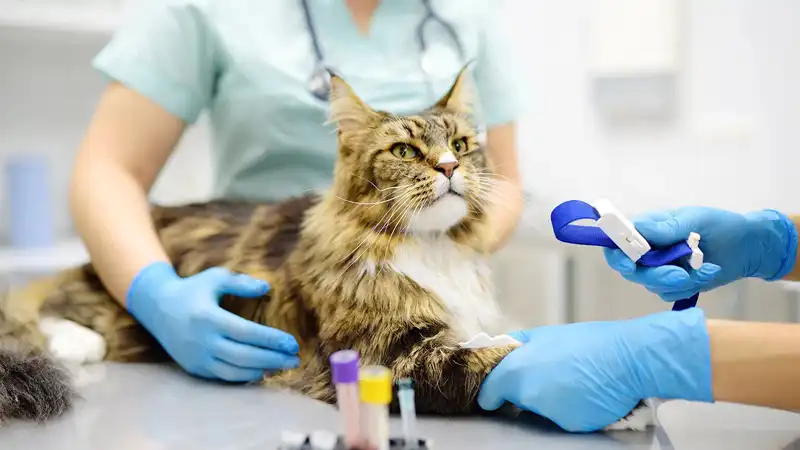
Targeted action
While traditional immunosuppressants work by dampening the cat's entire immune system to reduce inflammation, this approach does not address the root cause of FIP—the feline coronavirus itself. In contrast, GS-441524 offers a highly targeted antiviral mechanism that directly interferes with the viral replication process, preventing the virus from multiplying within the body. This targeted action allows for a more efficient treatment that addresses the source of infection rather than just alleviating symptoms. As a result, GS-441524 therapy often leads to faster clinical improvement, reduced risk of adverse immune suppression, and overall better recovery outcomes for affected cats.
Preservation of immune function
One of the major drawbacks of immunosuppressive therapy is that it weakens the immune system's natural defense mechanisms, leaving cats more susceptible to bacterial, fungal, or viral infections. GS-441524, on the other hand, does not compromise immune function since it works selectively on the virus's replication machinery rather than the cat's immune pathways. This means that while GS-441524 actively suppresses the virus causing FIP, it allows the immune system to continue performing its essential roles in maintaining health and fighting off secondary infections. This preservation of immune balance significantly enhances overall treatment safety and recovery stability.


Long-term outcomes
The long-term results achieved with antiviral GS 441524 have been remarkable compared to the temporary relief often observed with immunosuppressive treatments. Cats that undergo a complete GS-441524 treatment course frequently experience full remission, with many remaining symptom-free for years after therapy. This sustained recovery suggests that the drug not only manages the disease effectively but may also eliminate the virus to a level where relapse is unlikely. Immunosuppressive therapies, in contrast, typically offer short-lived improvements since they only mask inflammation without stopping viral activity. Therefore, GS-441524 represents a more durable and scientifically grounded solution for managing FIP in the long term.
Why GS-441524 represents a breakthrough?
GS-441524 is considered a breakthrough in FIP treatment for several reasons:
Direct antiviral action
As a nucleoside analog, GS-441524 directly interferes with viral replication. This mechanism of action is more specific and potentially more effective than previous treatment approaches.
01
High efficacy rates
Clinical studies have reported impressive remission rates with GS-441524 treatment, offering hope for a disease that was once considered almost universally fatal.
02
Manageable side effects
While side effects can occur, they are generally considered manageable and often less severe than those associated with long-term immunosuppressive therapy.
03
Potential for complete remission
Unlike treatments that simply manage symptoms, GS-441524 offers the potential for complete remission in many cases, allowing cats to return to normal, healthy lives.
04
Conclusion
GS-441524 represents a significant advancement in the treatment of FIP. Its targeted antiviral action, high efficacy rates, and potential for complete remission set it apart from traditional FIP medications. While further research is ongoing, GS-441524 has already transformed the outlook for many cats diagnosed with FIP.
As with any medical treatment, it's crucial to consult with a veterinarian to determine the most appropriate course of action for individual cases. The GS-441524 price may be a consideration for some pet owners, but many find the potential benefits outweigh the cost.
FAQ
1. How is GS-441524 administered?
GS-441524 is typically administered through subcutaneous injections. The treatment usually lasts for 12 weeks, with daily injections. Some oral formulations are also being developed and tested.
2. Are there any side effects associated with GS-441524?
While generally well-tolerated, some cats may experience side effects such as injection site reactions, gastrointestinal upset, or temporary changes in behavior. These are usually manageable and often resolve as treatment progresses.
3. How does the GS-441524 price compare to other FIP treatments?
The GS-441524 price can vary depending on the source and formulation. While it may be more expensive upfront than some traditional treatments, many pet owners find it cost-effective considering its potential for complete remission and reduced need for ongoing care.
Transform Your Cat's FIP Journey with BLOOM TECH's GS-441524
We at BLOOM TECH know how much of a financial and emotional burden FIP can be on cat owners. For this reason, we will not rest until we provide you with premium GS-441524 to aid in your cat's recovery. Accurate and reasonably priced healthcare planning includes knowing the GS-441524 price, which we acknowledge. At this crucial juncture, you may rest assured knowing that our GMP-certified facilities consistently provide potent and pure products. Come see for yourself how BLOOM TECH is different in FIP care—where expertise meets empathy.
Ready to explore how GS-441524 can help your feline friend? Contact our expert team at Sales@bloomtechz.com for personalized guidance and support. As a trusted GS-441524 supplier, we're here to answer your questions and help you make informed decisions about your cat's health.
References
1. Pedersen, N.C., et al. (2019). Efficacy and safety of the nucleoside analog GS-441524 for treatment of cats with naturally occurring feline infectious peritonitis. Journal of Feline Medicine and Surgery, 21(4), 271-281.
2. Murphy, B.G., et al. (2020). Treatment of cats with feline infectious peritonitis using the nucleoside analog GS-441524. Animals, 10(5), 804.
3. Kim, Y., et al. (2020). Reversal of the progression of fatal coronavirus infection in cats by a broad-spectrum coronavirus protease inhibitor. PLoS Pathogens, 16(3), e1008457.
4. Dickinson, P.J., et al. (2020). Antiviral treatment using the adenosine nucleoside analogue GS-441524 in cats with clinically diagnosed neurological feline infectious peritonitis. Journal of Veterinary Internal Medicine, 34(3), 1287-1295.

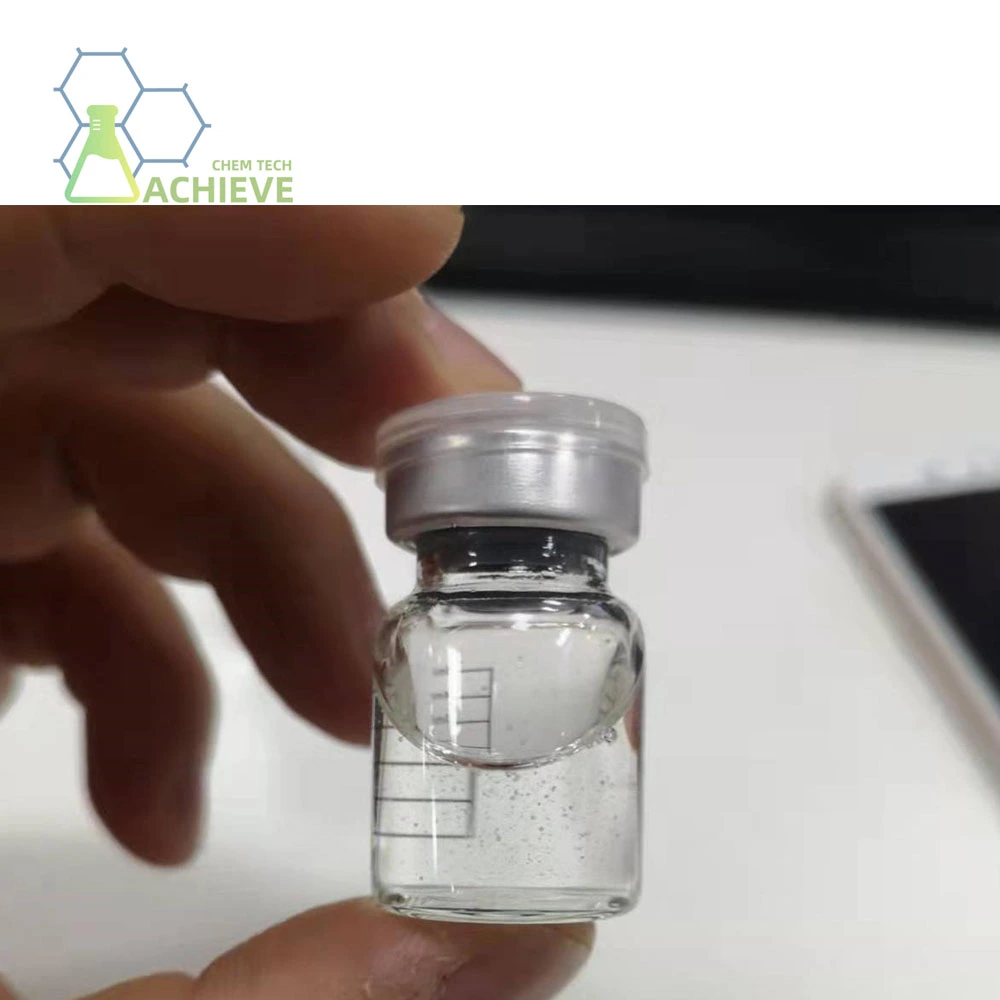



_副本_1760665909595.webp)
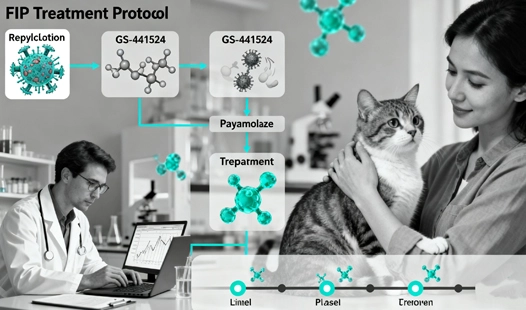

_副本_1759986970404.webp)
_副本_1760325313811.webp)
_副本_1758780801172.webp)
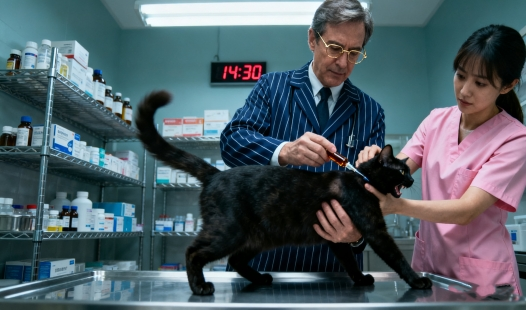

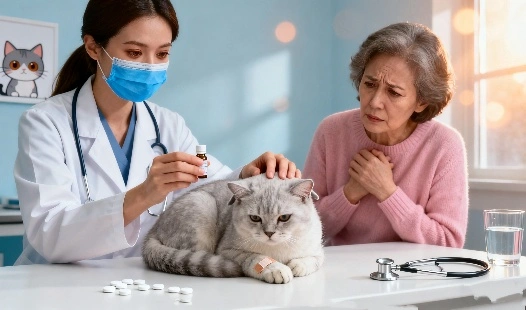
_副本_1761878473339.webp)
